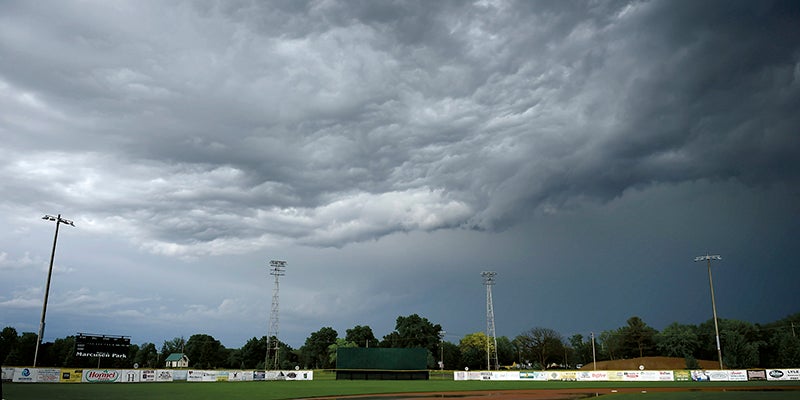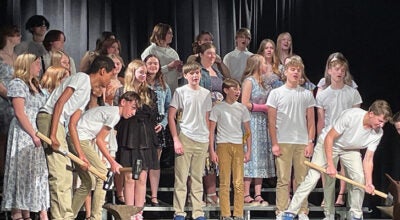Minnesota leading the way in signing up new volunteer weather observers
Published 6:45 am Thursday, March 24, 2022

- Herald file photo
|
Getting your Trinity Audio player ready...
|
As the spring storm season approaches, the annual effort to sign up volunteer weather observers across the country is in full swing.
And Minnesota is, by far, leading the way among all U.S. states.
As of Wednesday, 314 Minnesotans had signed up this month to be part of the Community Collaborative Rain, Hail and Snow Network — CoCoRaHS for short.
Wisconsin was in second place with 93 new volunteers, followed by South Carolina with 44.
Minnesota, which was the top state for volunteer sign-ups in 2020 and 2021, too, also is leading in per capita volunteers this year.
The CoCoRaHS program, in which volunteers submit rain, snow and hail measurements, helps fill gaps between “official” weather stations, providing forecasters and researchers with a lot more local data.
Tim Szeliga is retired from the National Weather Service and is a longtime CoCoRaHS observer in Long Lake, Minn. He said the program has its roots in Colorado in the late 1990s, when a meteorologist found he had very limited data to study a severe flash flood. To address that shortage for future weather events, he started signing up volunteers.
“He realized that if he had 100 stations around the area, he could get a much better picture of what this storm did, how it came in, where it dropped, and what the effects were,” Szeliga said.
The program to provide more data to meteorologists has since spread nationwide and to other countries — aided in recent years by the annual friendly “March Madness” competition to get more volunteers to join.
“Anybody can do it,” Szeliga said. In winter, “you’ve just got to go outside, put on your heavy gloves, plunge your ruler into the snowpack, draw it out again like King Arthur pulling out Excalibur, and give us the measurements.”
That data — along with rain and hail reports other times of the year — can then be used by meteorologists in a variety of ways. It can verify forecasts and predictions, and be used for research of major storms. Snowfall reports and information about the water content of that snow are important in forecasting spring flood potential.
Luigi Romolo, the Minnesota state climatologist with the Department of Natural Resources, said on an average day about 200 to 300 CoCoRaHS observers submit reports across the state.
There’s a particular interest in finding more observers to cover some geographic gaps in parts of rural Minnesota — though more observers in the Twin Cities and other larger communities are welcome, too.
People interested in serving as volunteer weather observers can sign up at the CoCoRaHS website. They’ll need to purchase a standardized 4-inch diameter rain gauge to get precipitation measurements, which can be submitted via computer or smartphone.
The goal is to have observers report each day, year-round though there are volunteers who take part only in a certain season, or only for major storms. It’s all useful to the meteorologists and other researchers who receive it.
“The scientists in the Weather Service really rely on this data,” Szeliga said. “It’s really what helps us do the things that we do, and it’s all volunteers.”





